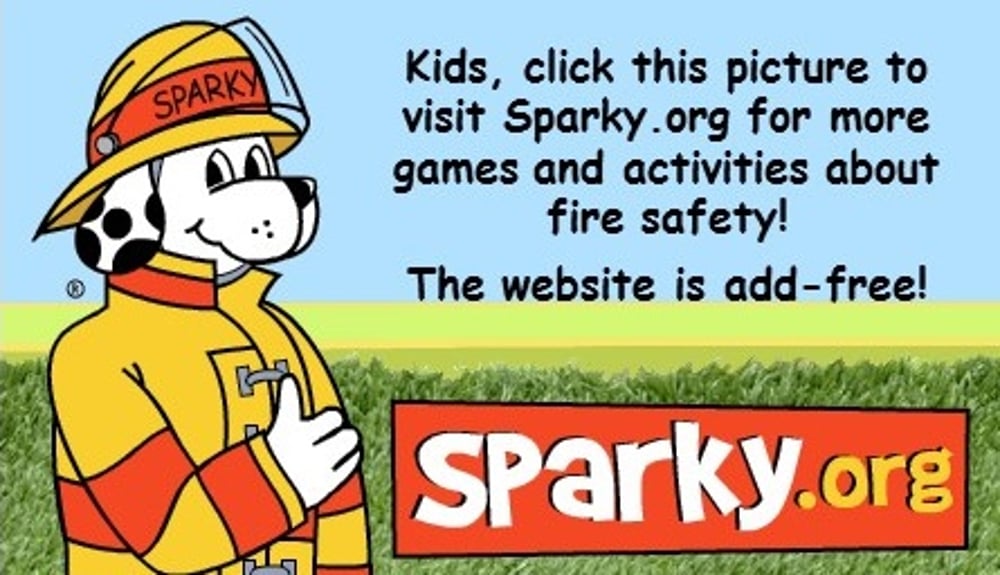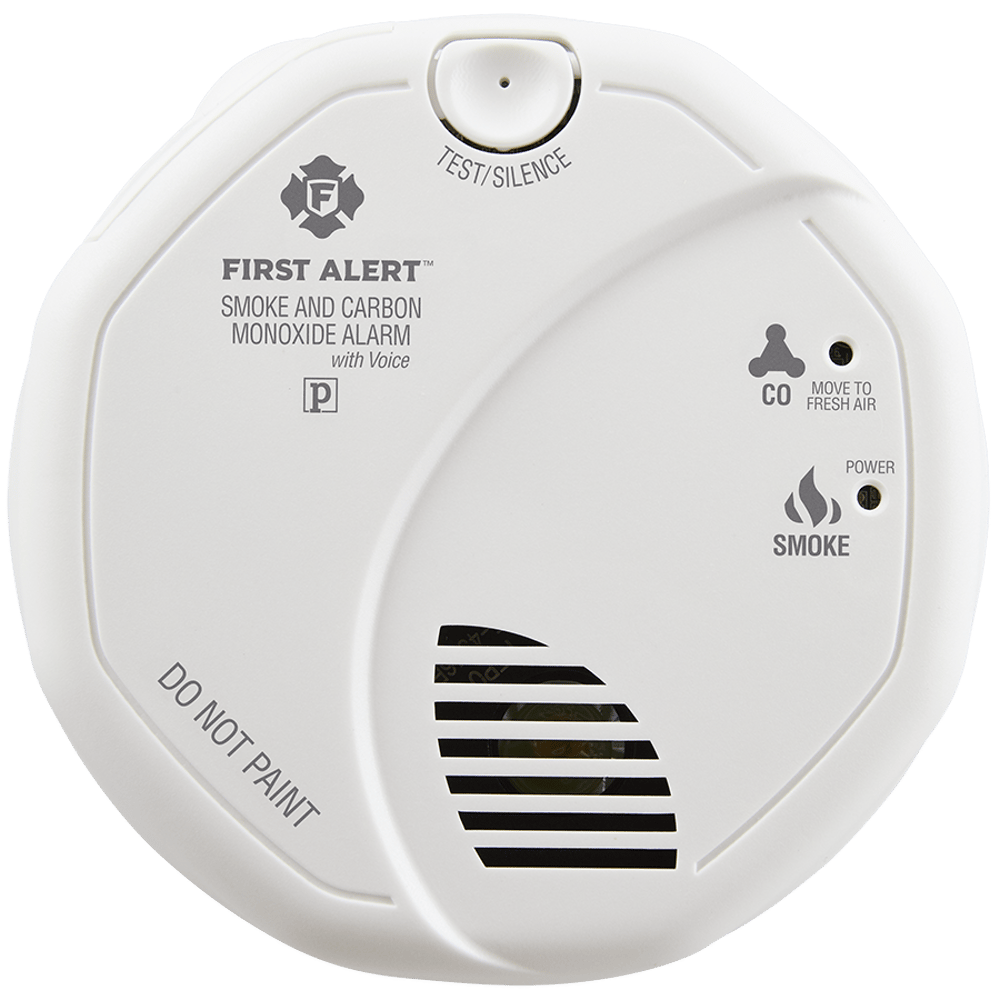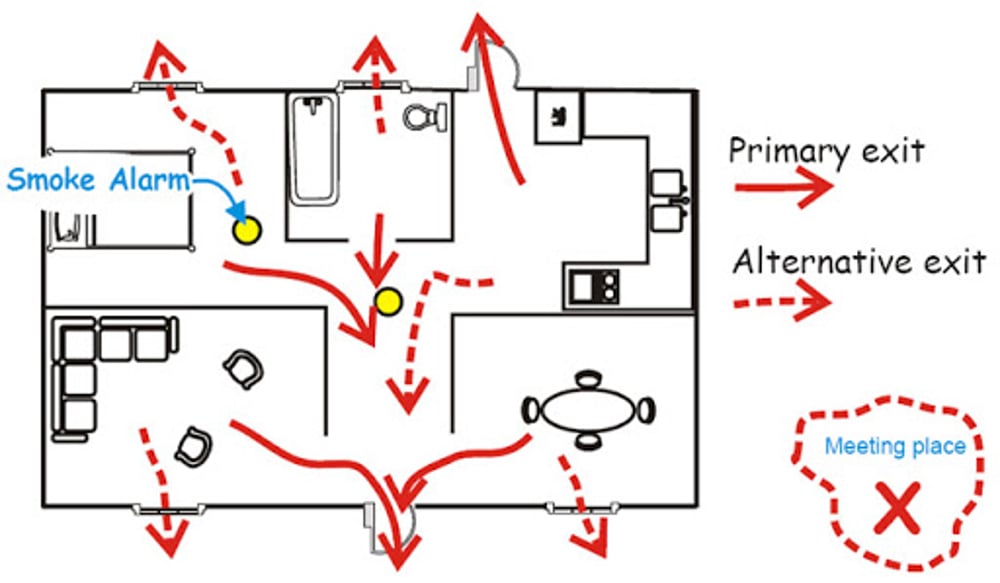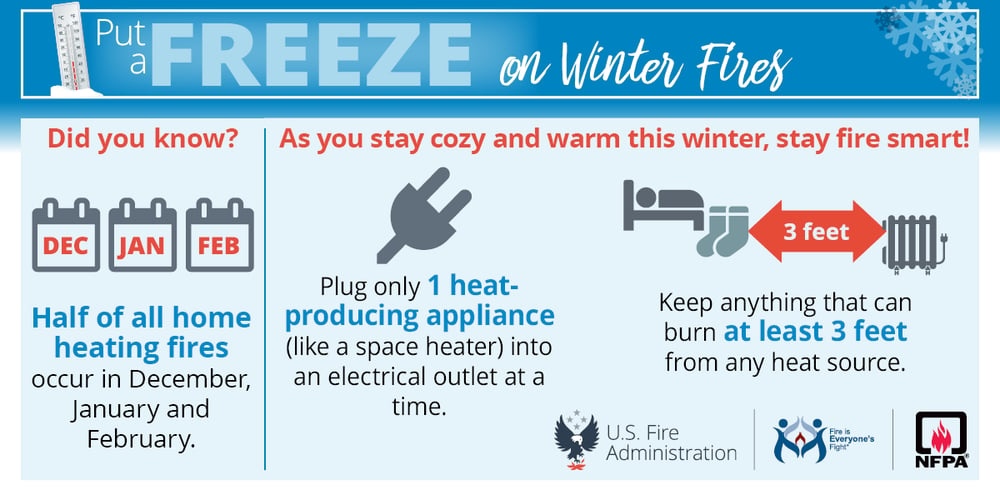Fire Safety
Scroll down for general fire safety information, fire education activities and links to various resources. This page is updated seasonally, so check back often!
When to call 911 - Emergencies only!
Call 9-1-1 during an emergency or any situation that requires immediate assistance from law enforcement personnel (police or sheriff), the Fire Department, or EMS (ambulance). If in doubt whether a situation is an emergency, call 9-1-1.
A few examples of emergencies are:
• Any known serious medical or possibly serious medical problem
• Any type of fire, chemical spill or smoke seen or smelled within in building, home or other structure
• Any outside fire or smoke that you are unsure of
• Any life-threatening situation
• Any situation where any kind of domestic violence or assault has taken place
• Any crime against a person in progress or that has already occurred
• Any type of accident with injuries
• Shooting
• Childbirth
• Seizures
• Any leaking tank or unknown substance seen leaking from vehicles, storage tanks, etc
• Falls from any height where there is obvious injury or the victim is unconscious
• Any time someone is trapped or hurt in any kind of farming, industrial and even home-related accident
• Road hazards, drunk or careless / aggressive drivers
• Any time you are in fear for your safety or the safety of others.
There are also times when it may not be appropriate to call 9-1-1.
Some examples of this are:
• To test your phone or the 9-1-1 system
• To ask for phone number information (4-1-1) or phone repairs (6-1-1)
• To find out about power outages, or school, road or other closings
• To find out if someone has been arrested or is in jail
• As a prank or a joke
• For sick or injured pets
• For the location of election / polling sites
• To complain about the service or prices in a restaurant or other business
• For directions to any location
• For tours of the 9-1-1 center or other public safety agencies.

The Silent Call - 911
Study the picture, so you know what to do if you need to call 911 and are unable to speak.
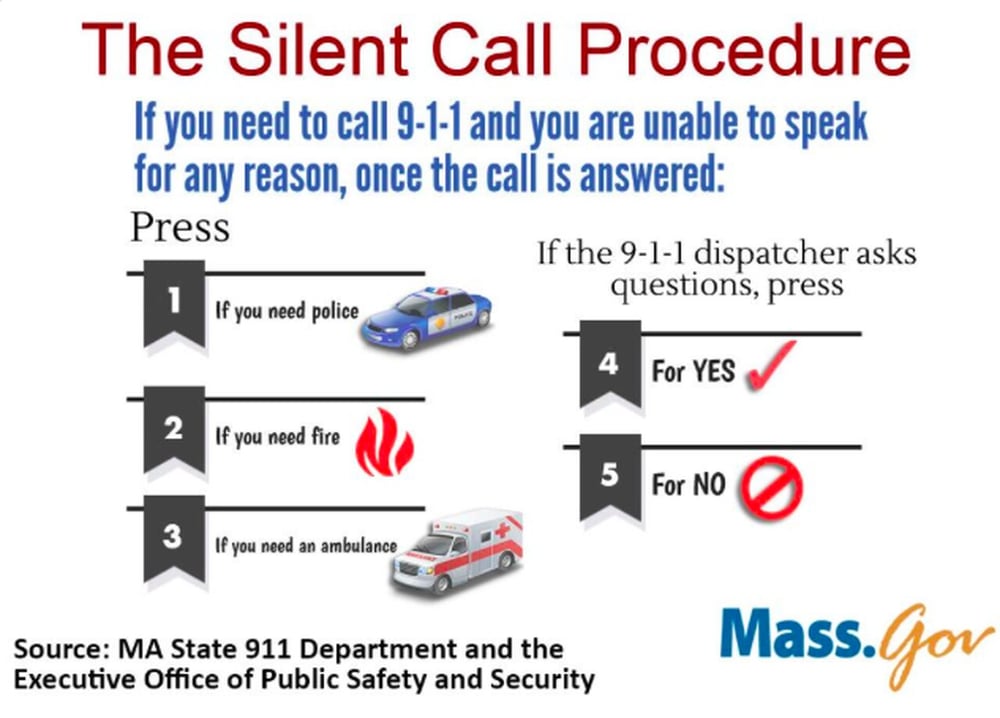
Have a Fire Escape Plan
In an emergency such as a fire in your home, seconds and minutes count.
It is important to have a plan, especially when there are children or Seniors living in your home. They sometimes need help getting out of the house. They may not know how to escape or what to do unless an adult shows them. The good news is that creating and practicing a home fire escape plan is simple. Just follow the steps below to make sure everyone in your home is prepared with what to do in case of a home fire:
1. Make a written home fire escape plan and practice getting out in under 2 minutes! Use the button below or click on the picture at right to download a free 2-page PDF with instructions and a grid.
2. Have a plan for young children who cannot get outside by themselves. You will need to wake babies and very young children and help them get out. In your plan, talk about who will help each child get out safely.
3. It is important to learn two ways out of every room in your home, in case one exit is blocked or dangerous to use.
4. If you have 2 or more stories in your home, you should have a fire escape ladder in each bedroom.
5. Remember, if there is smoke, you need to get low and go to your exits. So practice getting low and moving to your exits.
6. Choose a safe meeting place a safe distance from your home. Children should know what to do when they hear a smoke alarm and there is no adult around. Help them practice going to the outside meeting place.
7. Teach EVERYONE to NEVER go back inside a building that is on fire.
8. Teach everyone to not try and save their pets, it takes to much time. It is most important to get outside to your meeting place and let the firefighters know about your pets. They have special gear and breathing apparatus to help them go inside to get them for you.
9. Have a home fire drill at least twice a year. So everyone can practice what to do if the smoke alarm sounds.
10. Check that you have smoke alarms in all the right places and test them twice a year.
11. Check that you have the required Carbon Monoxide alarms in your home and test them each month.
Propane Safety Guidelines
MORE INFO COMING SOON!
Other Fire Safety Information
Checkout more resources and information below!
These links are provided to tip sheets, flyers and activities from the National Fire Protection Association (NFPA) and the United States Fire Administration (USFA).
